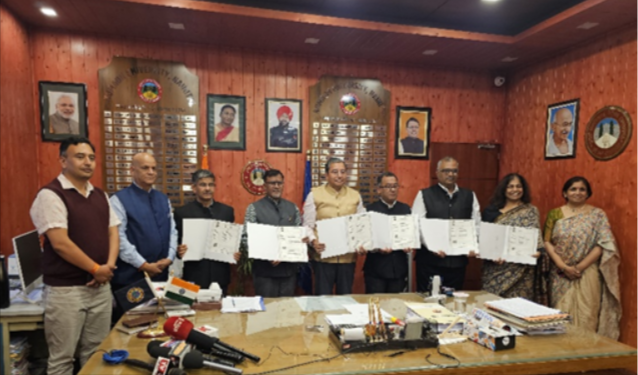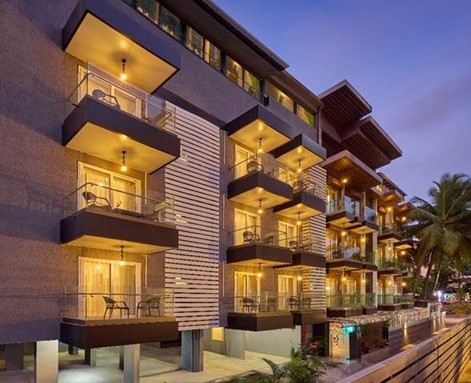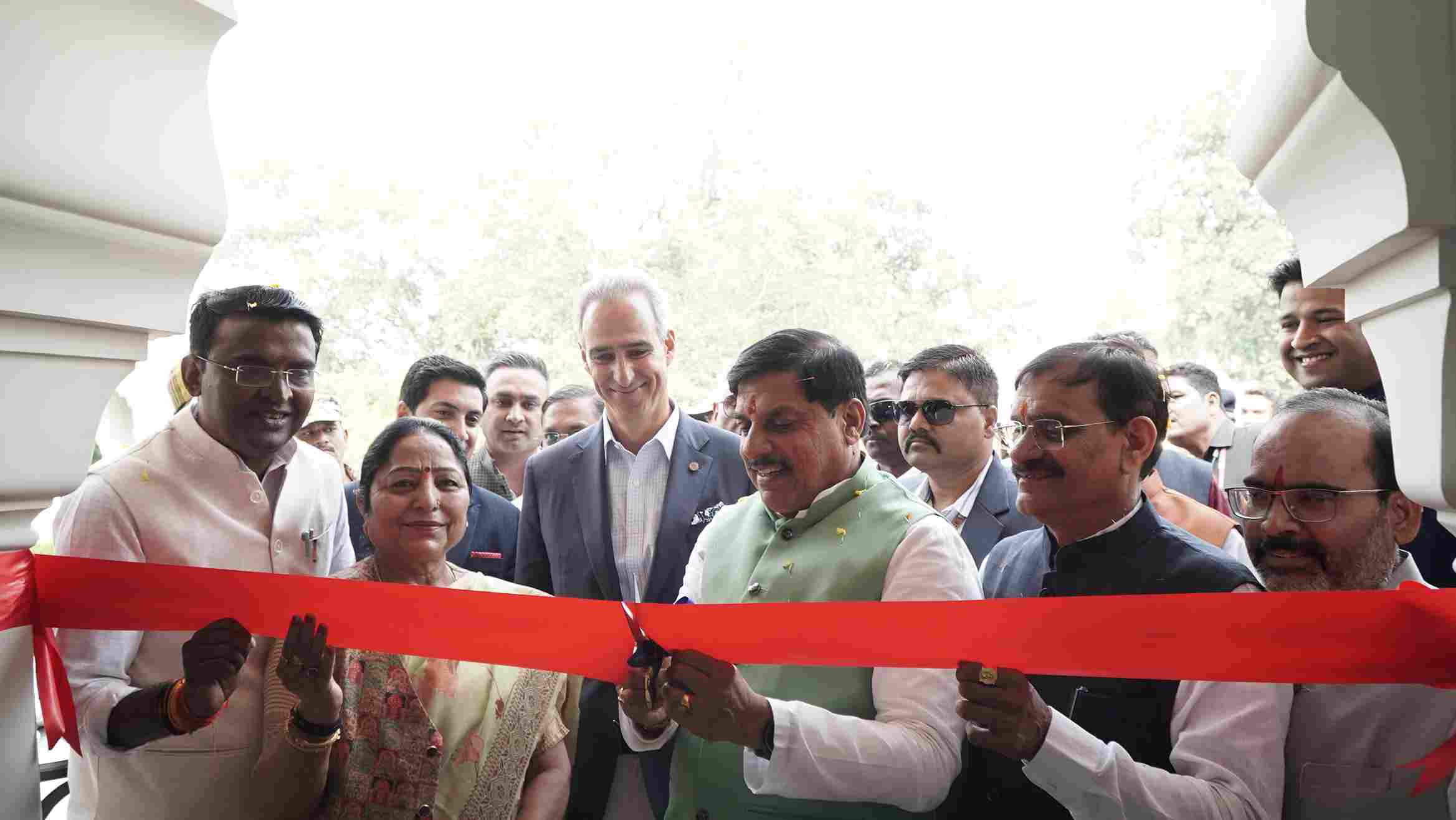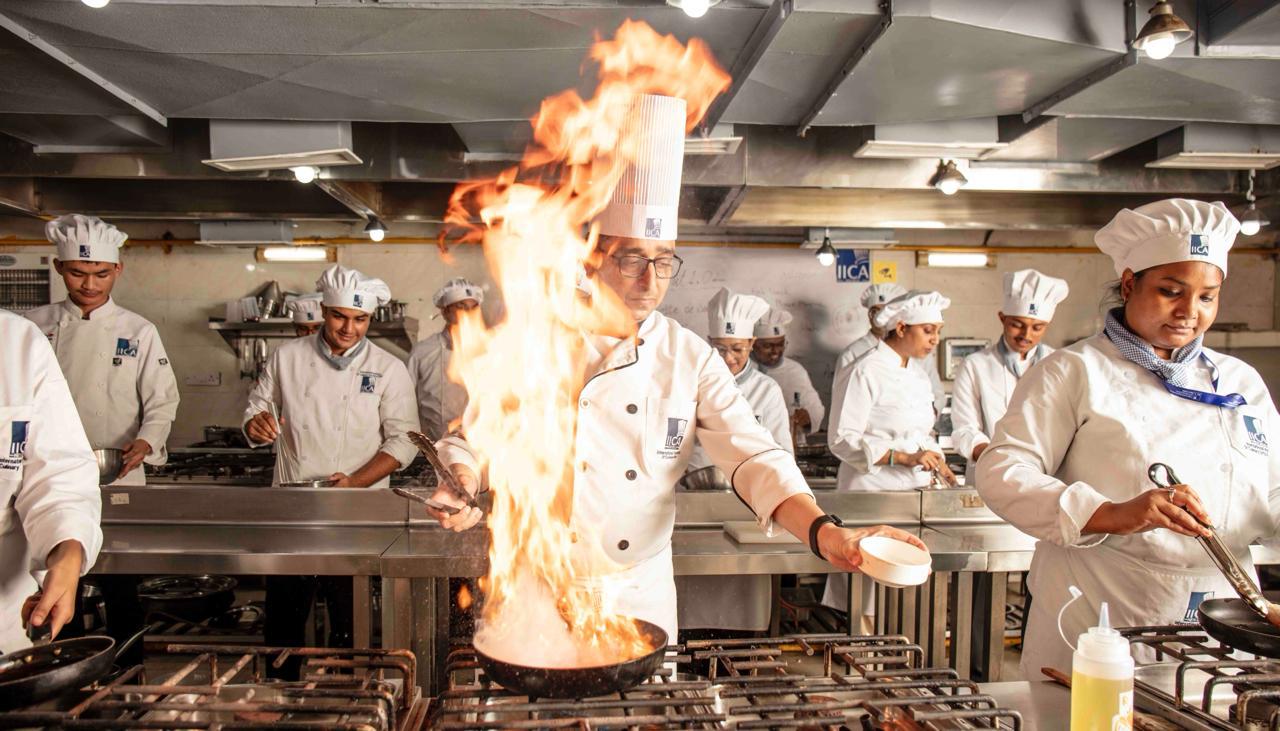Delving into pivotal trends and statistics influencing India’s hospitality industry, encompassing hotel signings, openings, and performance analysis.
India’s hospitality industry has been experiencing an upward trend, marked by a significant increase in branded hotel openings in the last five years. In CY 2022, the sector achieved a historic milestone by adding more than 9,900 keys. This trend has persisted into the first half of 2023, with approximately 5,900 keys introduced. The midscale segment remains the dominant force in the market, followed by the upscale, upper upscale, and luxury segments. Particularly noteworthy is the substantial contribution of tier 3 cities in fuelling this growth.
Branded hotel openings
The sustained prominence of the midscale hotel segment in terms of new openings reflects the desire for economical yet comfortable lodging. Meanwhile, the upscale, upper upscale, and luxury categories have exhibited noteworthy expansion. This pattern eloquently underscores India’s diverse and inclusive hospitality sector, dedicated to serving the unique needs of travellers.
Overall signings
In CY 2022, the branded hotel signings in India set another record with over 19,800 keys. Similar to openings, the midscale segment led the way in signings, followed by the upscale, upper upscale, and luxury segments. Notably, there has been a gradual increase in brownfield projects, which accounted for 32% of the signings in CY 2022. Tier 1 cities are increasingly exploring lease/revenue share agreements to minimize risk exposure for hotel owners.
Hotel brands are displaying confidence in the Indian market, particularly in the mid-market and luxury sectors. Recent agreements, including the debut of Radisson Collection in Hyderabad and India’s first Waldorf Astoria in Jaipur, reinforce this optimism.
Overall performance
The Indian hospitality industry has consistently demonstrated year-on-year growth, particularly in Q3 2023. This growth is primarily attributed to a significant increase in the Average Daily Rate (ADR) countrywide. Several factors contribute to this positive trend, including the emergence of business districts, airport-centred hospitality hubs, and the government’s simplified e-visa regulations. The revival of corporate travel, the return of festivals and MICE (Meetings, Incentives, Conferences, and Exhibitions) events have also bolstered the sector’s performance. Recent G20 events held in various Indian cities further stimulated demand, setting the stage for future growth.
While corporate room demand experienced a slight decline in Q2 2023 due to the summer holiday season, the sector displayed strong growth in ADR levels in Q3 2023. Looking forward, Q4 promises a favourable performance, driven by domestic corporate demand, MICE events, weddings, and other social gatherings.
In the medium term, India’s room demand is projected to surpass room supply. While Tier 1 markets have matured, Tier 2 and 3 cities still hold untapped potential. Enhanced tourism and connectivity infrastructure will continue to support sustainable sources of demand, such as MICE events, social gatherings, and leisure activities.
In conclusion, the Indian hospitality landscape is thriving, with a robust pipeline of openings and signings, coupled with impressive performance metrics. As the sector continues to evolve and adapt to changing dynamics, it remains an attractive destination for investors, hoteliers, and travellers alike.
“The Indian hospitality landscape is thriving, with a robust pipeline of openings and signings, coupled with impressive performance metrics”










